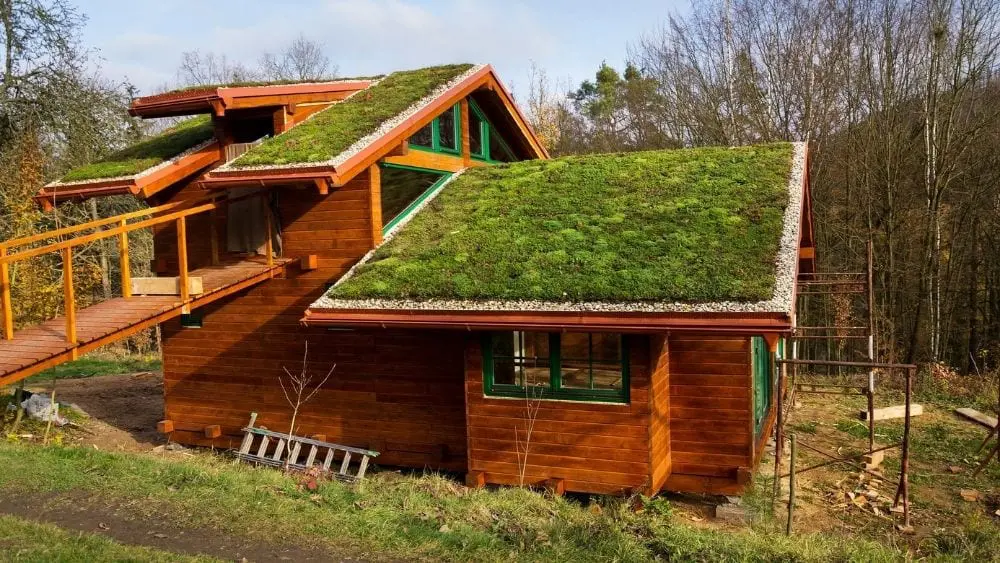
The Impact of a Green Roof on the Environment
Adding green roofs to your building and community is a certain way to make them more sustainable. They can save your energy costs, increase the lifespan of your roof by two or even three times, and lessen the chance of floods. They can also improve the aesthetics of your house or place of business, which has been shown to improve people's feelings of wellbeing. However, what is a green roof exactly? How do these advantages operate? And how challenging is it to keep up?
To put it simply, they are roofs covered in vegetation. Instead of using soil, a lightweight media is used to give the plants food and water. An impermeable barrier is layered beneath the substrate to ensure that your roof is waterproof and "plant proof."
How do they benefit the building?
A layer of protection from the sun, wind, precipitation, and temperature extremes is offered by green roofs. As such, the lifespan of a green roof is usually doubled or tripled upon installation.
Additionally, a green roof helps lower the energy required to heat and cool your building. This is so that you can reduce your energy costs and manage temperature extremes by using the plants and their growing medium as a thermal mass.
Installing a green roof increases the building's resale value because it can prolong the life of your roof and save energy costs.
How do they benefit the community?
Rainfall is absorbed and filtered by green roofs. Their capacity to absorb water aids in controlling groundwater levels, preventing sewage and septic flooding in the neighborhood. Additionally, they lessen the impacts of acid rain by filtering rainwater.
Not only do they naturally clean water, but they also naturally clean the air by converting CO2 and absorbing particulate particles. This effect is particularly significant in metropolitan areas where air pollution and CO2 emissions might be above the limits permitted by the US Clean Air Act. Regular installation of green roofs can improve neighborhood air quality.
And lastly, the Urban Heat Island effect in a town or city can be diminished by green roofs.The term "Urban Heat Island effect" describes how human activity raises temperatures in urban areas. Building materials have a big impact on it. Concrete, for instance, absorbs a lot of solar energy and releases it as heat during the night. This heat loss adds to a notable rise in temperature because concrete dominates metropolitan areas in the form of streets and huge structures. Conversely, heat is not released but rather absorbed and mitigated by green spaces. It has been demonstrated that increasing the amount of green space—such as green roofs—in urban areas lessens the impact of the urban heat island.
How hard are they to maintain?
Even though it is minimal, potential purchasers should nonetheless take maintenance into account. Updating a yard or garden is comparable to maintaining a green roof. Once or twice a year, fertilizer and de-weeding are needed. Additionally, even though green roofs are made to use little to no water, installing an irrigation system is advised. Usually, this is only applied in dry spells or extremely hot weather. If not, they are typically made to not require frequent watering.

Comments 0